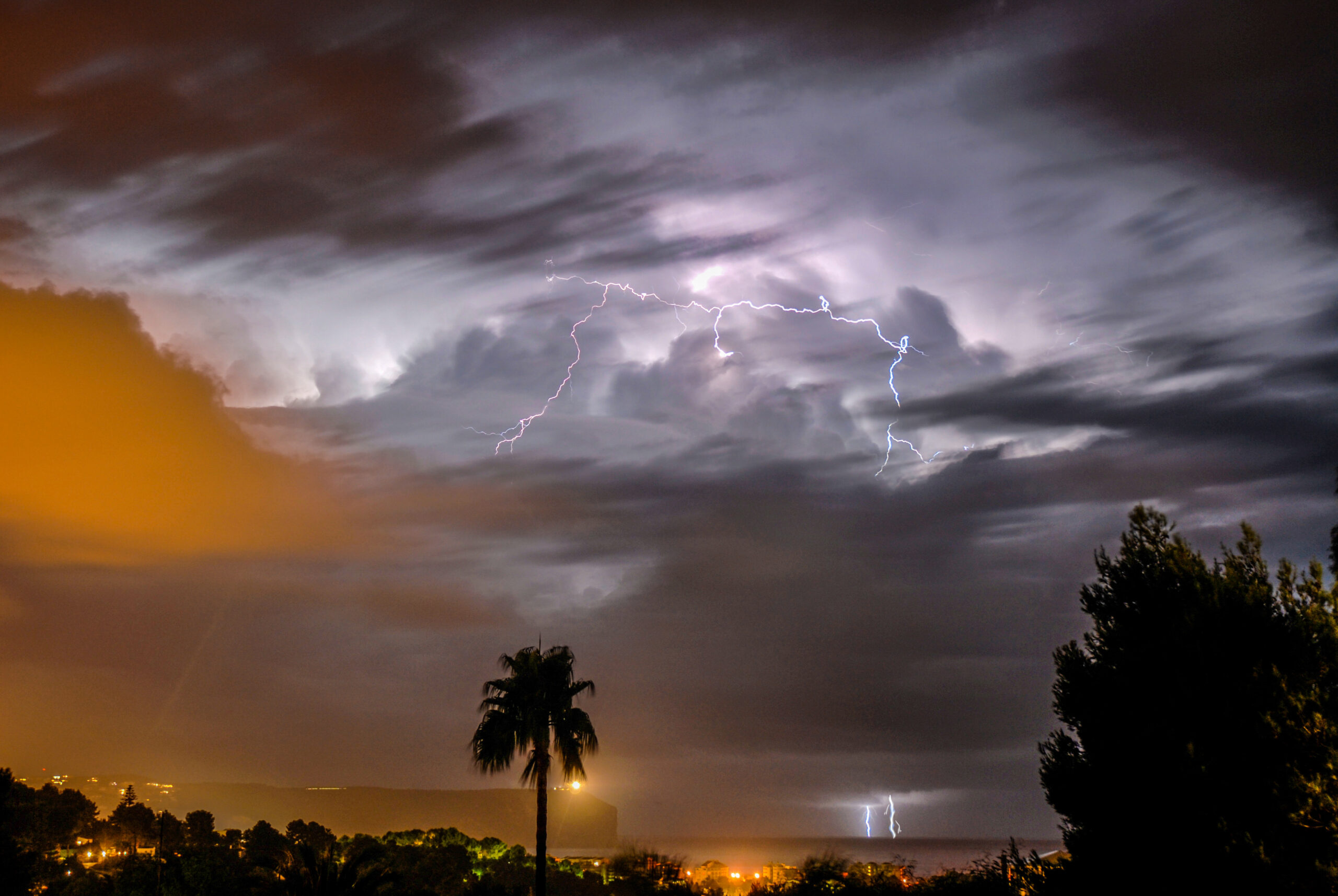
The natural phenomenon known as El Nino in Indonesia is on the brink of transitioning to a neutral phase, according to the Meteorology, Climatology, and Geophysics Agency (BMKG). This transition will soon be followed by the emergence of La Nina. But what exactly is La Nina, and should we be concerned about it?
“El Nino is expected to reach neutrality by May, June, July 2024,” stated BMKG’s Head, Dwikorita Karnawati, during a virtual press conference.
La Nina is predicted to make its presence felt starting from July 2024. However, it is anticipated to weaken after the third quarter, from July to September.
Several forecasts align with these expectations, including one from the Institute for Climate and Society (IRI).
“Although the climatological probability of La Nina occurring during the boreal summer of 2024 (June-September) is significant, it is most likely to manifest between July and September 2024 and beyond,” as per IRI’s official statement.
El Nino and La Nina are two distinct weather phenomena. Here’s a breakdown of their differences, as outlined by the National Oceanic and Atmospheric Administration:
El Nino, which means “the child” in Spanish, occurs when trade winds weaken, leading to the eastward movement of warm water towards the west coast of America.
This warm water influences weather patterns. For example, regions in the northern US and Canada experience drier and warmer conditions, while areas along the Gulf Coast and Southeastern US face increased precipitation and flood risks.
El Nino also affects marine ecosystems. During normal conditions in the Pacific Ocean, upwelling brings cold, nutrient-rich water from the depths to the surface.
However, during El Nino events, upwelling weakens or halts altogether. This disruption in nutrient supply leads to a decline in phytoplankton populations, impacting the entire marine food chain.
Another consequence is the migration of tropical species to colder regions, such as yellowfin tuna and albacore tuna.
In contrast, La Nina brings cooler ocean temperatures due to enhanced upwelling, which brings cold, nutrient-rich water to the surface.
These colder waters contribute to drought conditions in the southern US and increased rainfall with flood risks in the northwest Pacific and Canada.
La Nina also influences winter temperatures, making them warmer in the southern regions and colder in the northern regions. Additionally, it tends to intensify storm activity.
Despite these potential impacts, La Nina can also benefit marine life by attracting cold-water species like squid and salmon to regions like the California coast.